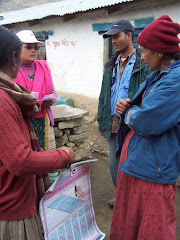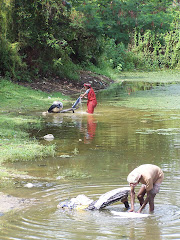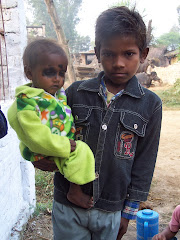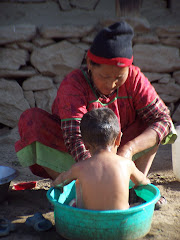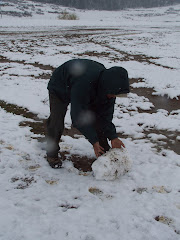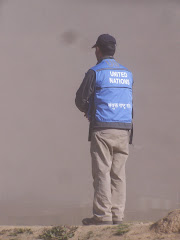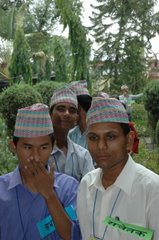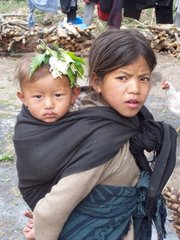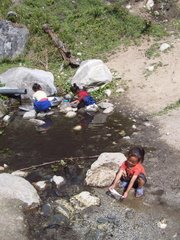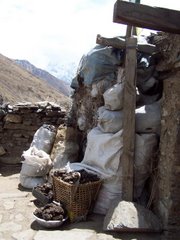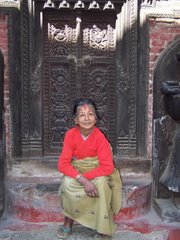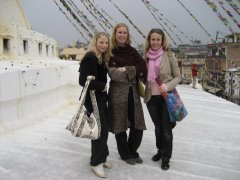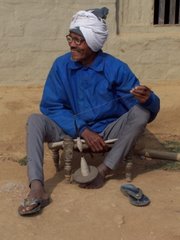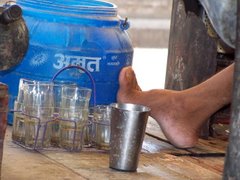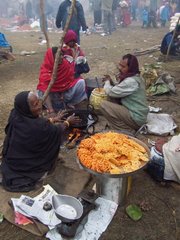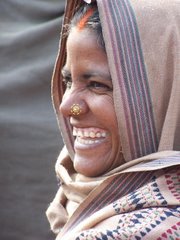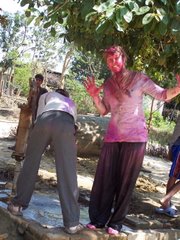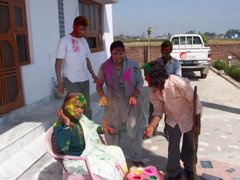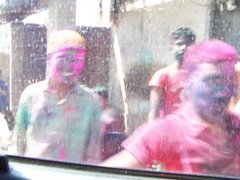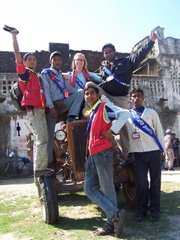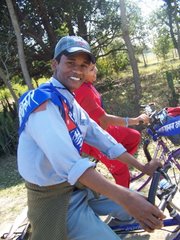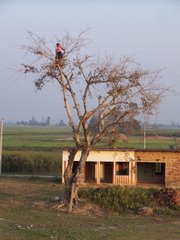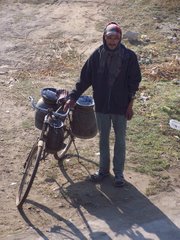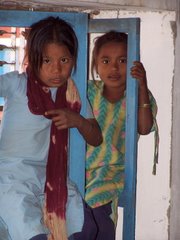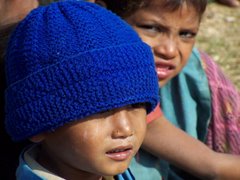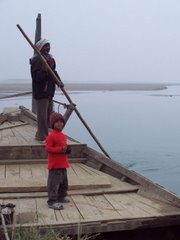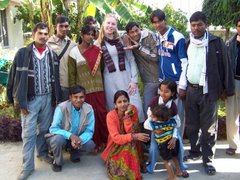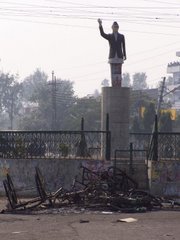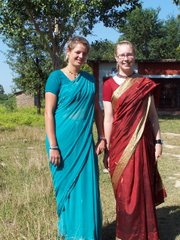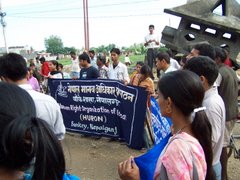 A mere couple of weeks after passing the test, and not very many kilometers on the bike, I spent Nepalgunj's two coldest and most foggy days driving far out in the field on motorcycle. Me and my colleague Krishna went out to visit our newly trained LHRA to monitor how far they have come in their work and collect reports of the situation in their areas. As there are no roads in this part of Banke district, we had to use the motorbike. I quickly saw the point of learning to drive
A mere couple of weeks after passing the test, and not very many kilometers on the bike, I spent Nepalgunj's two coldest and most foggy days driving far out in the field on motorcycle. Me and my colleague Krishna went out to visit our newly trained LHRA to monitor how far they have come in their work and collect reports of the situation in their areas. As there are no roads in this part of Banke district, we had to use the motorbike. I quickly saw the point of learning to drive on a field with nothing but huge potholes and lots of unreliable spectators or other "road" users, and even the usefulness of the slalom diver's test. This is what I practised when I sometimes struggeled to figure out which path was the best to drive on, or to find a path, slalomed through a hord of goats or cows, made my way over a dry, sandy riverbed etc etc. Driving though the thick sand as in the picture on the left was impossible with a passenger so Krishna had to walk quite a few times.
on a field with nothing but huge potholes and lots of unreliable spectators or other "road" users, and even the usefulness of the slalom diver's test. This is what I practised when I sometimes struggeled to figure out which path was the best to drive on, or to find a path, slalomed through a hord of goats or cows, made my way over a dry, sandy riverbed etc etc. Driving though the thick sand as in the picture on the left was impossible with a passenger so Krishna had to walk quite a few times.  A major reason for why the biggest possible means of transportation is a motorbike is that there are no brindges to cross the Rapti river that separates Banke's most remotes VDCs (village development committees) from the municipality of Nepalgunj. The only way to get over the river is by boat, some large enough so that i dared to drive the bike myself on the boat,
A major reason for why the biggest possible means of transportation is a motorbike is that there are no brindges to cross the Rapti river that separates Banke's most remotes VDCs (village development committees) from the municipality of Nepalgunj. The only way to get over the river is by boat, some large enough so that i dared to drive the bike myself on the boat,  but some so small that I gladly gave the handlebars to the boat men.
but some so small that I gladly gave the handlebars to the boat men.Even though the most challengeable this time was the driving there, the visits we conducted were also fruitful for our work. Our new activists have been very active and productive. They have conducted training for lots of people in the villages, assessed the situations and needs in their communities and written interesting reports for us to act upon. Soon I will write more on this work that they do.








